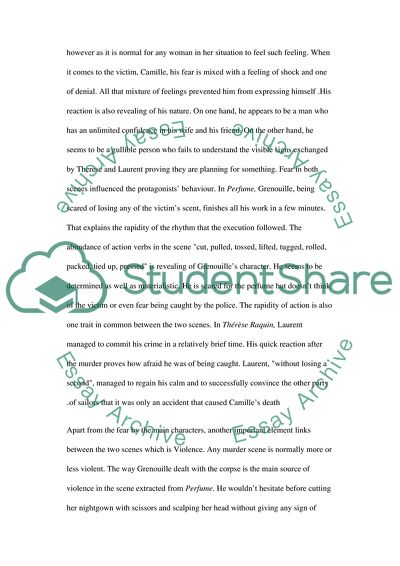Cite this document
(Characteristic of Murder Scenes in Literature Case Study, n.d.)
Characteristic of Murder Scenes in Literature Case Study. https://studentshare.org/literature/1717137-what-do-the-murder-scenes-in-thrse-raquin-and-perfume-reveal-about-the-main-characters
Characteristic of Murder Scenes in Literature Case Study. https://studentshare.org/literature/1717137-what-do-the-murder-scenes-in-thrse-raquin-and-perfume-reveal-about-the-main-characters
(Characteristic of Murder Scenes in Literature Case Study)
Characteristic of Murder Scenes in Literature Case Study. https://studentshare.org/literature/1717137-what-do-the-murder-scenes-in-thrse-raquin-and-perfume-reveal-about-the-main-characters.
Characteristic of Murder Scenes in Literature Case Study. https://studentshare.org/literature/1717137-what-do-the-murder-scenes-in-thrse-raquin-and-perfume-reveal-about-the-main-characters.
“Characteristic of Murder Scenes in Literature Case Study”. https://studentshare.org/literature/1717137-what-do-the-murder-scenes-in-thrse-raquin-and-perfume-reveal-about-the-main-characters.


